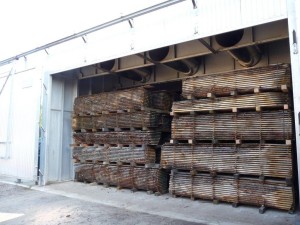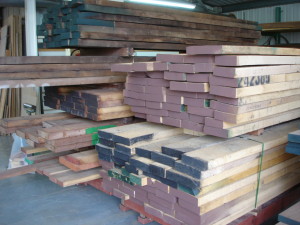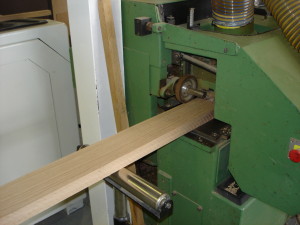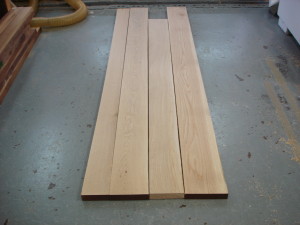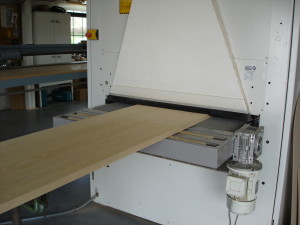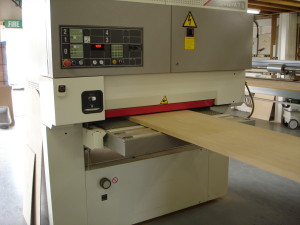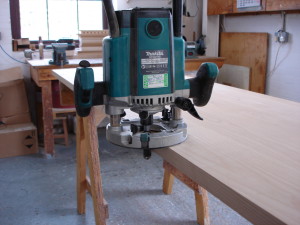1. From humble beginnings
The wood we use comes from trees planted from seedlings, usually in the United States. Once a seedling reaches one to two years of age it is planted out into the forestry.
2. Old age
As the trees grow, good forest management is important. Trees will be pruned and cleared to produce trunks that a as straight as possible. As the trees reach between 90 and 120 years of age they will be felled. We produce worktops in many timbers, most of them come from North America.
3. Things heat up
The felled trees are transported to the mill where they are machined into planks. These planks are stacked with spacers in-between them to air dry. After 6 months of air drying they are moved to a kiln for 4 months.
4. A long way to come
The dry planks are taken to port for a sea crossing over the Atlantic. A short road journey later sees them arrive at our workshop, ready to be turned into your worktop.
5. A short back and sides
The first step of creating usable planks is top run them through a 4 sided planer. This cleans up each of the four rough edges created by the kilning process.
6. The buzz cut
The planks are now given their first cut; known as a rough cut. Notice the long length of the timber, this is what allows us to create our high-quality full width, full stave worktops.
7. Smoothly does it
To create a smooth edge that can be joined and laminated together, we plane the boards.
8. A high-pressure environment
The planks are laminated together and then cramped under high pressure for 4-6 hours. This creates a bond between the planks which is pretty much as strong at the wood itself.
9. Sanded to a smooth finish
After removal from the cramps we put the worktop through a calibrating sander. This produces a perfectly uniform thickness of worktop.
10. And not a millimeter more
Since all our worktops are bespoke, we now cut them to the exact size the customer has ordered; to the millimeter. It’s at this stage we also add cut-outs for sinks and hobs, draining grooves and joints. All done with pinpoint accuracy.
11. Our competitive edge
It is now that we cut the edge profile that the customer has selected. We offer 15 different edge profiles and they can be mixed across any of our products.
12. The pad sand
We now place the worktop of a pad sander. This will remove any of the small marks from the previous manufacturing stages.
13. The orbital sand
The orbital sander produces a smooth fine finish to the worktop, which is now ready for installation.
14. Does not include batteries
We now carefully pack the worktop for its onward destination. We have dispatched to every corner of the world.



